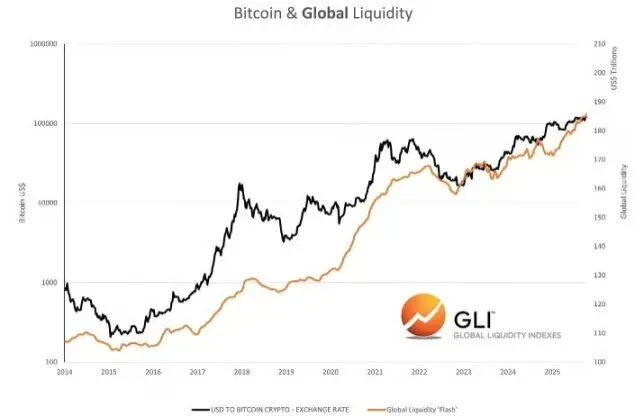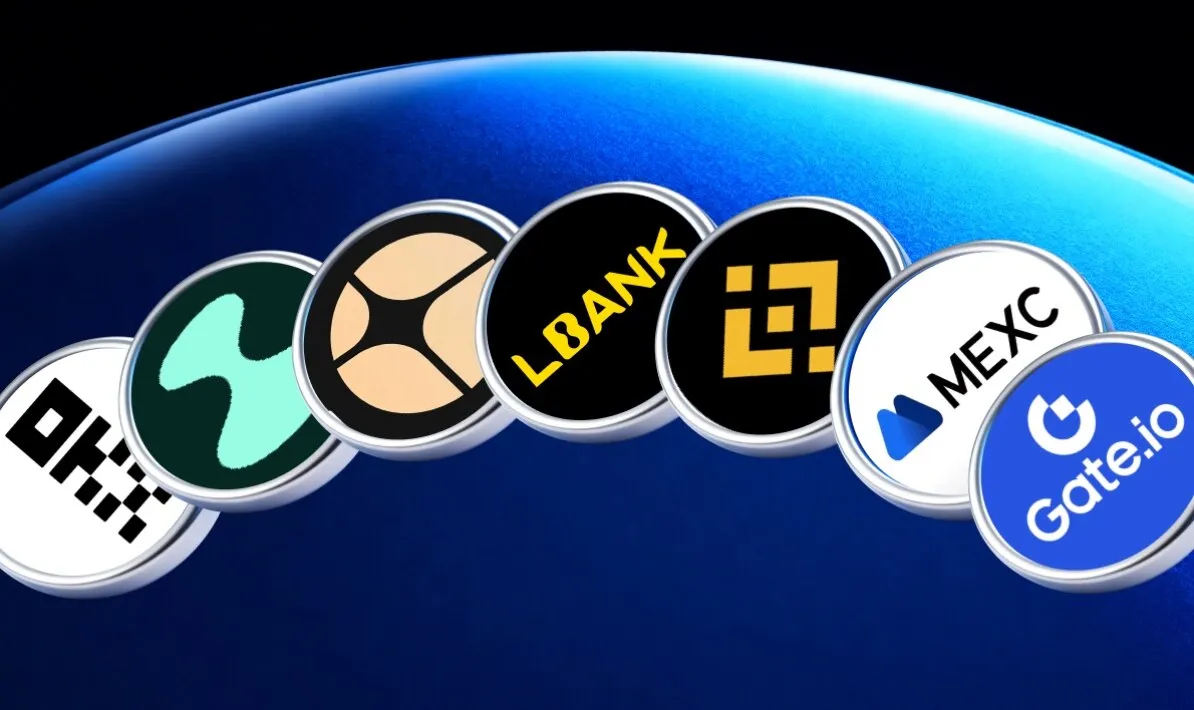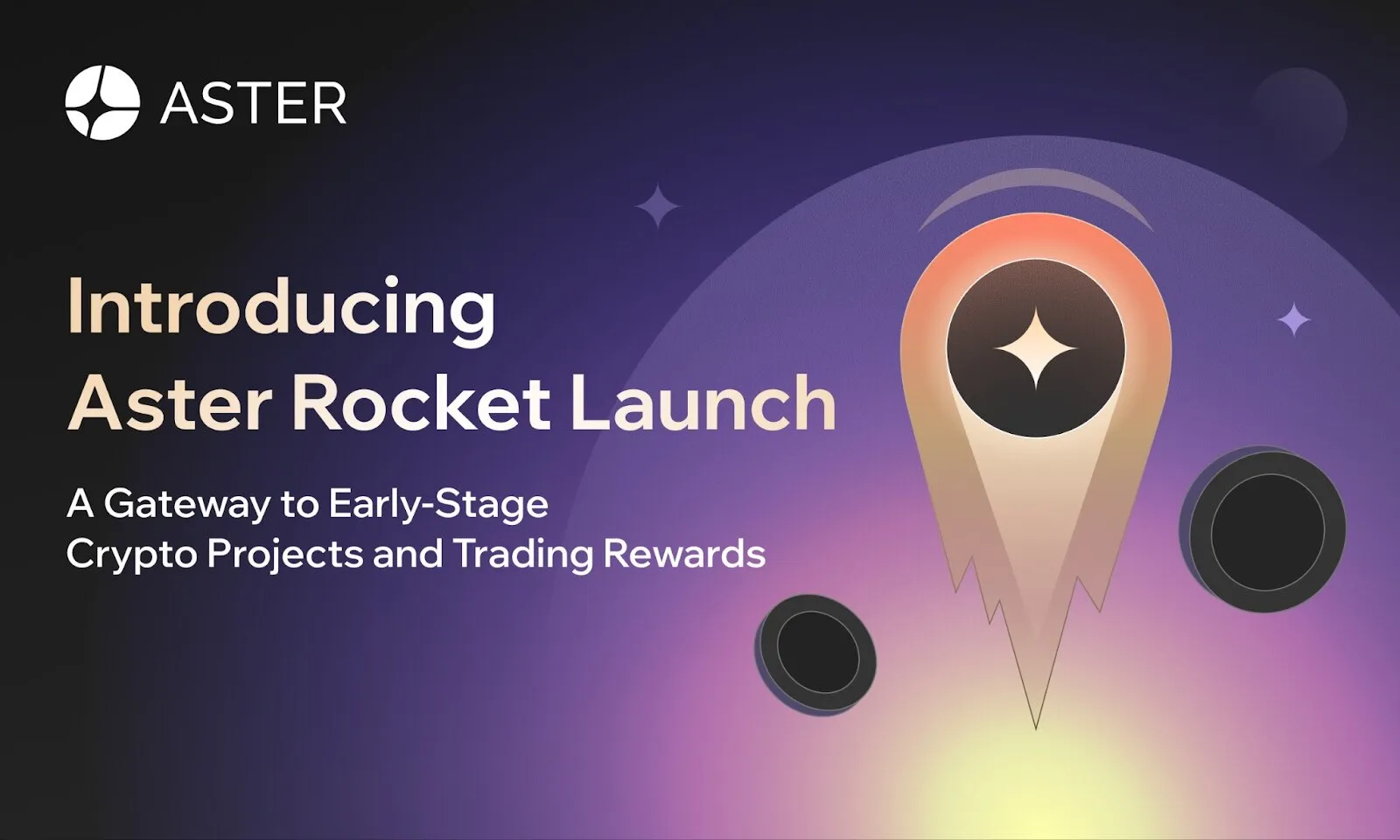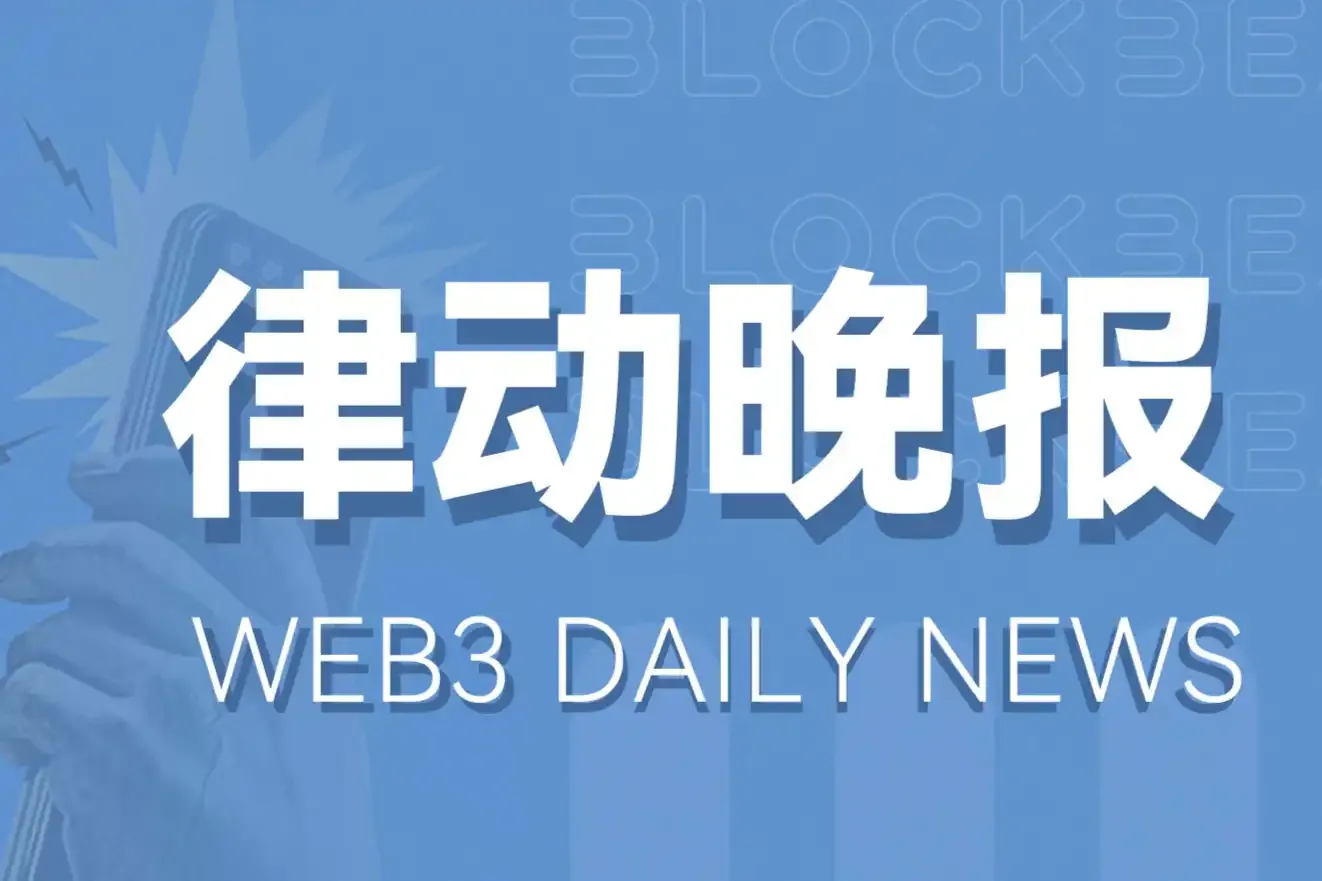Author: Jie Hui
1. Compliance Issues in RWA Architecture
Generally speaking, when designing RWA architecture, it is necessary to systematically examine the following four aspects of compliance issues.
1.1 Compliance on the Asset Side
(1) Financial Assets
Such assets are easily recognized as securities. Once classified as securities, they must comply with a series of regulations under the Securities Law regarding issuance, information disclosure, fundraising, custody, etc.
(2) Physical Assets
The core issue is the confirmation and transfer of ownership. For example, how to link the transfer of on-chain tokens with the property rights effectiveness on the real estate registry; currently, almost no country recognizes that on-chain transfers directly confer property rights. In practice, a typical and commonly used solution is to establish a special purpose vehicle (SPV) that holds the property ownership, and then tokenize the equity or income rights of the SPV. Token holders are essentially shareholders or beneficiaries of the SPV.
(3) Accounts Receivable
The core issue is the validity of the debt and transfer notification, which requires examination of the authenticity and legality of the underlying debt contracts. Does the transfer of debt require notification to the debtor to take effect? If so, how to fulfill this legal procedure during the tokenization process? Otherwise, the debtor may still repay the original creditor, resulting in the token holder's rights being void.
1.2 Compliance on the Issuance and Trading Side
(1) Issuance and Financing Stage
Anti-fraud: Any statements regarding the underlying assets, expected returns, and team background in the white paper or project description must be true, accurate, and complete; otherwise, there will be liability for false statements under the Securities Law and risks of fraud under the Criminal Law.
Public promotion and investor suitability: Public fundraising and promotion to unspecified individuals are strictly prohibited and must be limited to qualified investors.
(2) Secondary Market Trading Stage
Trading platform qualifications: If a platform provides centralized quoting and trading services for security tokens, it may need to hold a securities trading venue license (such as ATS). A regular virtual asset trading platform (VATP) license may not be sufficient to cover the trading of security tokens.
Market maker qualifications: Market makers providing liquidity services for security tokens may need corresponding brokerage licenses.
Ongoing information disclosure: As a securities issuer, there is an obligation to conduct ongoing information disclosure (such as annual reports, major event reports), similar to listed companies.
1.3 Compliance for Stablecoins and Payments
If the RWA project involves generating stablecoins backed by assets such as U.S. Treasury bonds, it falls into the highly regulated payment sector. The core issue is to determine whether it constitutes "electronic money" or "payment instruments"; if so, the issuer may need to apply for an electronic money issuer license, comply with strict reserve management regulations, ensure sufficient, high-quality, and custodial reserve assets with regulated institutions, and undergo regular audits and public disclosures by top auditing firms. Compliance with anti-money laundering regulations and KYC for token holders is also required.
1.4 Compliance Obligations
1. Anti-money laundering and counter-terrorism financing
According to the principle of "whoever interacts with the customer is responsible," clarify which entity in the project (issuer, trading platform, custodian) bears the AML/CFT responsibility. Establish comprehensive KYC (Know Your Customer), KYB (Know Your Business), and CDD (Customer Due Diligence) procedures. Implement transaction monitoring, screen suspicious transactions, and report them.
2. Tax Treatment
The issuance, trading, dividends, redemption, and other stages of tokens may involve income tax, capital gains tax, stamp duty, value-added tax, etc. It is necessary to clarify the tax obligations and reporting methods for clients at each stage.
3. Data Privacy and Protection
The conflict between the transparency of on-chain data and the Personal Information Protection Law. How to handle and store investors' KYC information? It must comply with regulations such as GDPR and PIPL.
The greatest risk in RWA architecture design is the disconnection of legal mapping relationships. That is, token holders cannot effectively exercise ownership or recourse rights over the underlying assets in judicial practice; the biggest compliance challenge is regulatory uncertainty, with inconsistent global regulatory approaches and jurisdictional conflicts for cross-border projects. Successful RWA projects rely on sophisticated legal design to "translate" innovative tokenization models into logic that regulators can understand and accept.
2. From the Perspective of a Technical Architect, Oracle Technology is the Core Engine for RWA Development
Blockchain is essentially a closed system that can ensure the authenticity and reliability of on-chain data but cannot actively obtain data from the off-chain real world. This fundamental limitation has given rise to oracles—a trust bridge connecting blockchain and off-chain real-world data.
Oracles primarily achieve three core functions:
Data Input. They obtain data from external systems (such as APIs, databases, IoT devices, etc.) and input it into smart contracts. For example, obtaining real-time prices of Bitcoin, weather data, flight statuses, sports match results, etc.
Data Output. After the smart contract execution is complete, it may need to notify external systems to perform a certain operation. Oracles are responsible for transmitting the execution results from the chain. For instance, a decentralized insurance contract, after confirming a claim, instructs the banking system to process the payout transfer through an oracle.
Computation. Executing a complex machine learning model to assess credit risk or generate a verifiable random number; these computations are either prohibitively expensive (in terms of Gas) or technically infeasible on-chain. Oracles can perform these complex calculations off-chain and only upload the final results to the chain.
Thus, it is evident that oracles are crucial; without oracles, smart contracts can only handle on-chain native data (such as the ETH balance of a certain address), resulting in extremely limited application scenarios. With oracles, the application scenarios can experience explosive growth, especially in RWA. The maturity of oracles directly determines the breadth and depth of interaction between the blockchain ecosystem and the real world.
3. RWA Development Poses Extreme Challenges to Oracle Technology
As the trend of tokenizing real-world assets accelerates, oracles have evolved from simple data transporters to core infrastructure for RWA development, but they still face severe challenges, mainly including:
(1) Credibility of Data Sources
Existing oracles can transmit data but cannot fundamentally guarantee the authenticity of the data generation process. IoT sensors may be tampered with, manual inputs may be falsified, and oracles lack effective source verification mechanisms. For example, how to integrate and trust a real estate appraisal agency's data source? How to ensure that court judgments are accurately transmitted on-chain? This requires establishing a certification and reputation system for off-chain data sources.
(2) Privacy and Trade Secrets
Many RWA data (such as company financial data) are sensitive. Oracles need to implement "verifiable computation," which means proving that a certain computation result is correct without decrypting the original data (such as the application of zero-knowledge proofs).
(3) Data Pollution Issues
Although cryptographic techniques can ensure that data is not tampered with during transmission, they are powerless against the initial data pollution problem when data is first put on-chain. The "garbage in, garbage out" issue still exists.
(4) Real-time Performance
Current oracles mainly achieve periodic data pushing and cannot achieve true real-time state synchronization. For RWA application scenarios that require high-frequency updates, such delays can often be fatal.
(5) The Conflict Between Decentralization and Efficiency
Truly decentralized oracle networks have poor performance, while high-performance solutions often sacrifice the degree of decentralization.
(6) Cost-Effectiveness Imbalance
Building highly secure and trustworthy data on-chain solutions is costly and difficult to promote on a large scale.
(7) Regulatory Uncertainty
The regulatory policies of various countries regarding data on-chain are unclear, increasing the legal risks of technical implementation; oracles need to meet both technical feasibility and regulatory compliance requirements.
4. Future Development Directions and Trends for Oracles
(1) Vertical and Specialized Oracle Networks
There will be oracles specifically serving certain RWA fields, such as: Real Estate Oracles: specifically connecting appraisal agencies, property registration systems, and property management data. Judicial Oracles: specifically connecting court announcements and arbitration results. Regulatory Oracles: specifically connecting information on licensing issuance and penalty notifications from various regulatory agencies.
(2) Evolution of Consensus Mechanisms
For critical non-financial data, the consensus mechanism of the oracle network will no longer simply be "taking the median"; it may introduce weighted consensus based on data source credibility or require a statutory number of authoritative node signatures to confirm a fact.
(3) Integration of Cutting-Edge Technologies
The introduction of new technologies such as AI brings new imaginative space for oracle development, detecting anomalous data through machine learning models, identifying potential attack patterns, and enhancing system security. AI can also enable understanding and response to complex events, transforming oracles from passive data providers to active decision-support systems.
Hardware-level security solutions, through dedicated security chips, hardware security modules, and other physical layer technologies, provide fundamental trust for data generation.
Interdisciplinary technology integration, combining technologies from IoT, edge computing, cryptography, and other fields to build end-to-end trusted data pipelines.
New consensus mechanisms, developing consensus algorithms specifically for verifying real-world data, but requiring breakthroughs in existing blockchain paradigms.
Regulatory technology integration, embedding regulatory requirements directly into the technical architecture to achieve compliance by design.
5. Conclusion
Although the perspectives are independent, compliance and oracle technology are closely intertwined in the practice of RWA. Compliance delineates the runway for technology: laws specify "what can be done" and "to what standard." For example, the Securities Law requires valuation data to come from licensed institutions, which directly determines which data sources oracles must integrate and which to eliminate.
Technology provides tools for compliance: oracles automate and verify legal and compliance requirements (such as information disclosure, KYC, asset monitoring). They do not create compliance themselves, but they are the most powerful tools for achieving efficient and transparent compliance.
Ultimately, the grand narrative of RWA will be driven by the joint development of compliance and technology. From a compliance perspective, the development of RWA is a history of legal evolution, centered on rules, licenses, and responsibilities. From the perspective of oracle technology, the development of RWA is a history of technological evolution, centered on data, verification, and trust.
Only when the rules of law and the trust of technology are sufficiently resilient can RWA transition from its current pilot and embryonic forms to truly weave the underlying structure of future global finance.
免责声明:本文章仅代表作者个人观点,不代表本平台的立场和观点。本文章仅供信息分享,不构成对任何人的任何投资建议。用户与作者之间的任何争议,与本平台无关。如网页中刊载的文章或图片涉及侵权,请提供相关的权利证明和身份证明发送邮件到support@aicoin.com,本平台相关工作人员将会进行核查。



